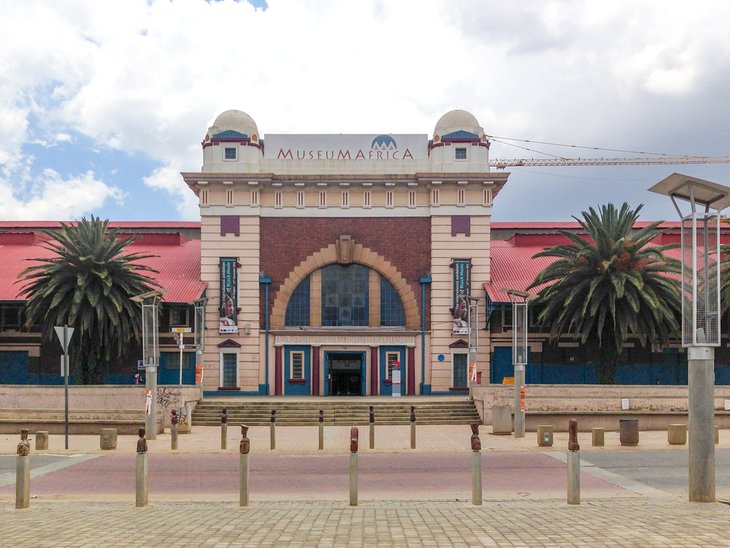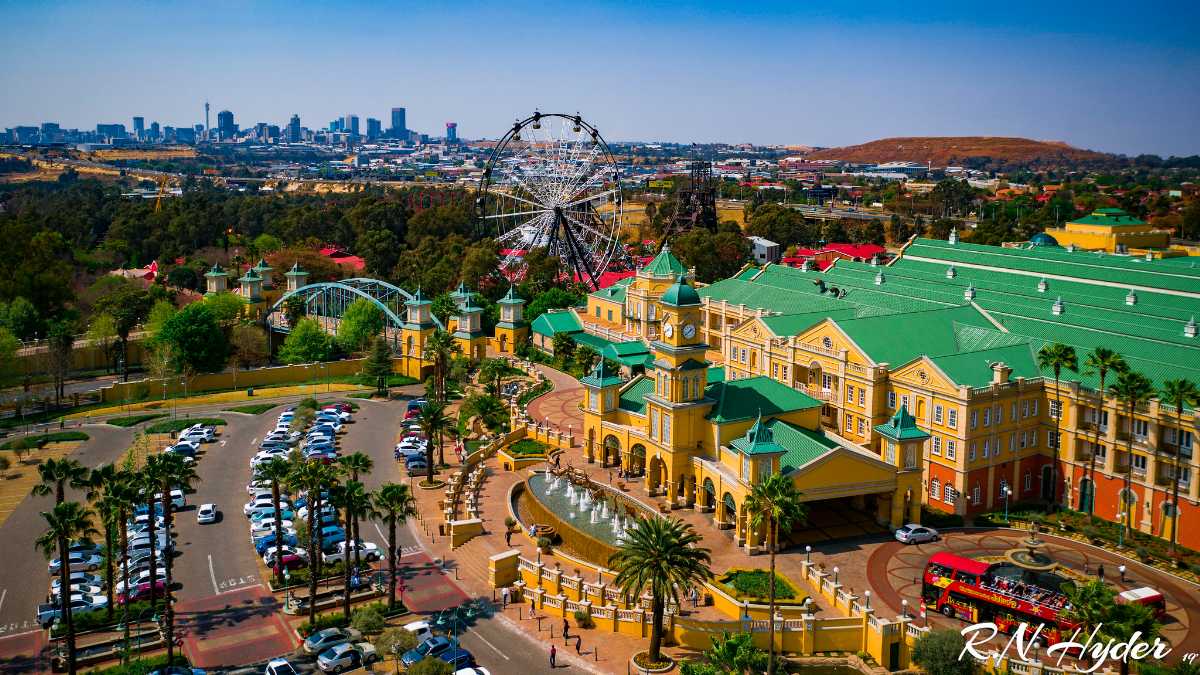Getting My Johannesburg North Attractions To Work
Table of ContentsSome Known Details About Johannesburg North Attractions Johannesburg North Attractions for DummiesHow Johannesburg North Attractions can Save You Time, Stress, and Money.The Facts About Johannesburg North Attractions RevealedSome Ideas on Johannesburg North Attractions You Should KnowNot known Facts About Johannesburg North Attractions
The city expanded on the side of the Witwatersrand Key Reef, a subterranean stratum of gold-bearing quartz-silica empire that arcs for hundreds of miles under the Highveld - Johannesburg North attractions. Most of the gold mines in the city discontinued operation in the 1970s, but in its day the Witwatersrand gold sector accounted for more than 40 percent of the world's yearly gold production.Johannesburg has a temperate environment. Summer temperatures balance regarding 75 F (24 C); winter season temperature levels average concerning 55 F (13 C) and only occasionally dip listed below cold. The city enjoys about 8 hours of sunshine per day in both winter season and summer season. Rain averages about 28 inches (700 millimetres) per year, yet the total differs substantially from year to year.
What rainfall the city receives drops virtually exclusively in the summertime months, often in magnificent late-afternoon electric storms. Air air pollution positions a considerable issue, specifically in the cold weather, when thermal inversions hamper the westward circulation of air from the Indian Ocean. Pollution is most extreme in the densely resolved Black territories on the city's periphery, where many citizens still count on coal for gas.

About Johannesburg North Attractions
The equilibrium of the city is occupied by whites. Accommodation differs in character and top quality.
Physical development, although somewhat restricted by transportation, continued swiftly as immigration to South Africa, and Johannesburg in certain, increased drastically.
A lot of poor suburbs were combined, with bad blacks and whites living with each other, although the wealthy suburbs were typically scheduled for whites.
The previous system of eleven phoned number regions was reorganised in 2006. Marshalltown, as seen from the top of the Carlton Centre. The M1 and M2 run behind the structures, and the southerly suburbs expand past the freeway boundary. The inner city of Johannesburg lies within the city's Region F. The estimated populace of the region is 200,000, [] The number of people living in the inner city on a casual basis is unidentified, as several are illegal immigrants. Most higher-income locals and white people have transferred to the north residential areas and have actually been replaced by lower-income black people. The unemployment, education, and age profiles of the area are all unknown, due to the trouble of obtaining trustworthy info concerning the area.
The Ultimate Guide To Johannesburg North Attractions
Centred on the CBD, the region consists of read what he said the residential areas read review of Yeoville, Bellevue, Troyeville, Jeppestown, and Berea to the eastern. To the west it spreads out to Pageview (Johannesburg North attractions) and Fordsburg. There are little industrial parks to the south, such as City West-Denver and Benrose. Around 800,000 commuters travel through the central city each day, and it works as a regional shopping node for site visitors from the southerly suburban areas. Yeoville and Bellevue have a mix of house buildings and single domestic systems on small whole lots. The region lies on a mountainous divide that ranges from east to west. The most conspicuous geographical function is Observatory Ridge, which is named for the large observatory located on it. The recreational rooms are no longer made use of, because of safety issues.

Johannesburg Stadium, a training school for both the Golden Lions and Orlando Pirates, is adjacent. The look at these guys eastern suburbs of Johannesburg are located in the city's 7th [] and 9th [] regions. The area is likewise functionally integrated with East Rand border towns outside of the official boundary of Johannesburg, such as Bedfordview and Edenvale (both part of Ekurhuleni Metropolitan Town).
Not known Incorrect Statements About Johannesburg North Attractions
The eastern suburban areas are some of the earliest locations of Johannesburg, there are huge neighborhoods of Jewish and other European histories, the majority of the populace is English speaking. There are 3 golf training courses as well as a number of secured ridges with viewsites.
The location is mainly made up of old "matchbox" houses, or four-room residences developed by the federal government, that were built to give economical holiday accommodation for black employees throughout discrimination. Soweto is an acronym, standing for "South Western Townships". Road after road in this field is lined with matchboxes; nevertheless, there are a few smaller sized locations where prosperous Sowetans have actually developed homes that are more comparable in stature with those in more upscale suburbs.
Hostels are another famous physical feature of Soweto. Originally developed to house male migrant employees, numerous have actually been improved as homes for pairs and families. The N1 Western Bypass skirts the eastern border of Soweto. The suburban area was not traditionally allowed to create employment centres within the area, so mostly all of its residents are travelers to other components of the city.
The Greatest Guide To Johannesburg North Attractions
The residential areas in the northern suburban areas are primarily official, with no substantial locations of casual housing, or real estate that lacks a permanent framework. This is a well-known area, there is a fad of land use adjustment from household to industrial, specifically along major arterial roadways and around well established nodes.
The area is well attached to roadway networks, specifically along the north-south axis developed by the M1 and N1. Roads to the eastern and west are less well created, as there are no freeways taking a trip in that instructions. In the direction of the northern boundary of the city, the density of advancement reduces, leaving large areas of undeveloped land around Midrand.
The Only Guide to Johannesburg North Attractions
, which is located on a hill forgeting the internal city and Hillbrow.